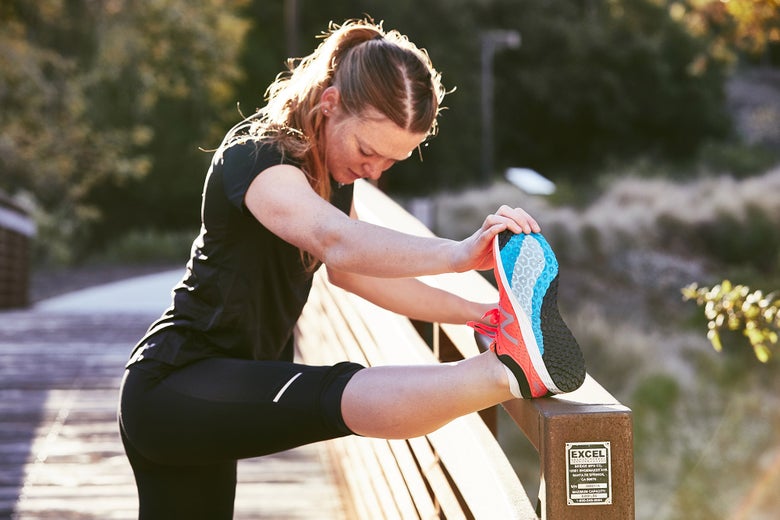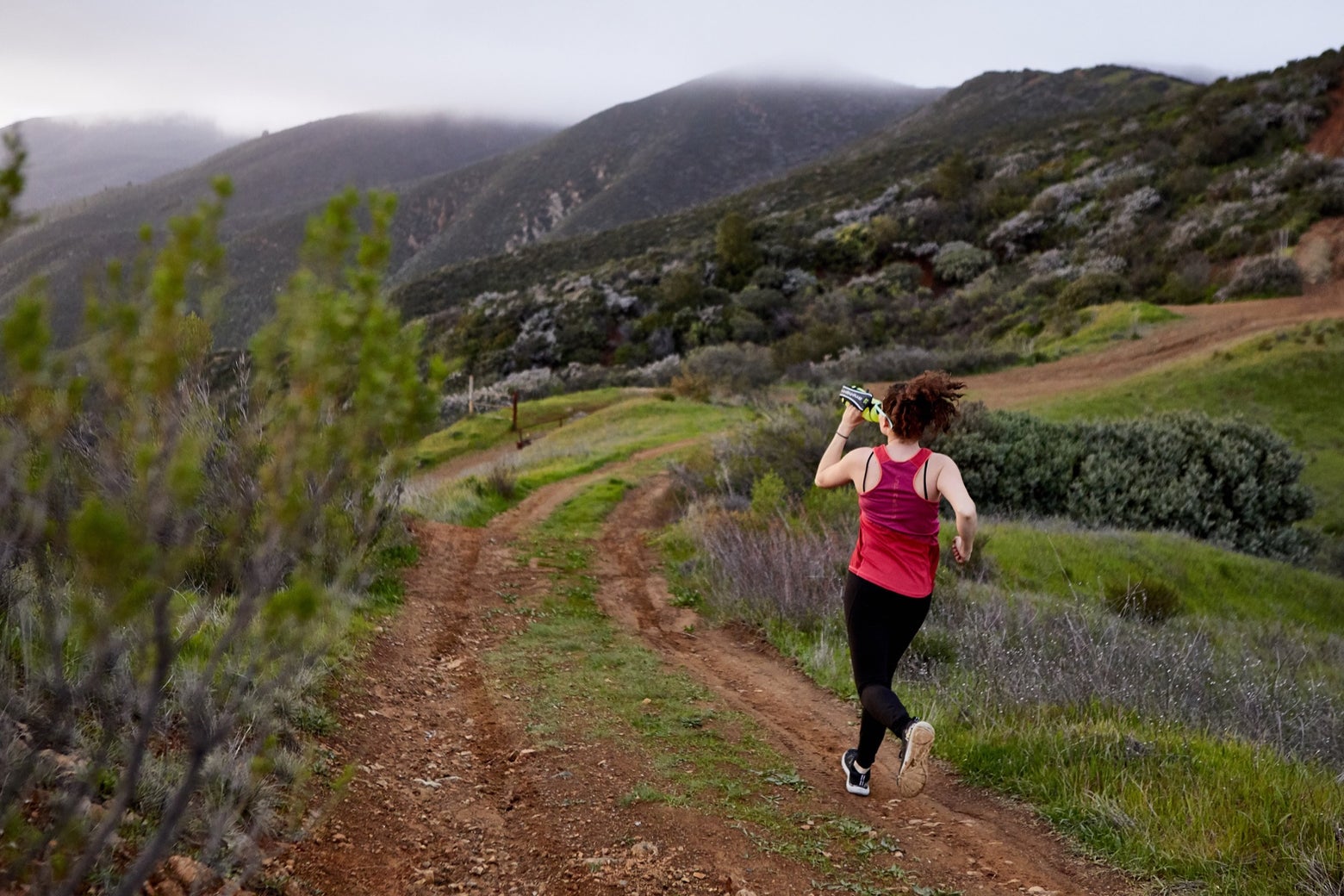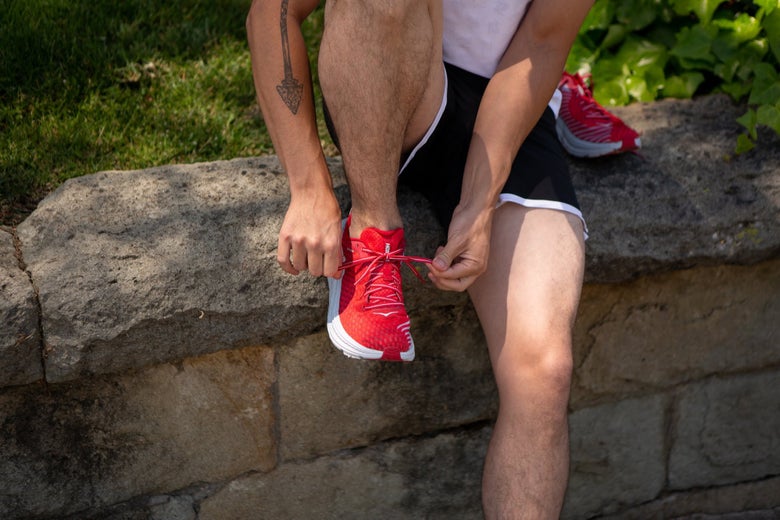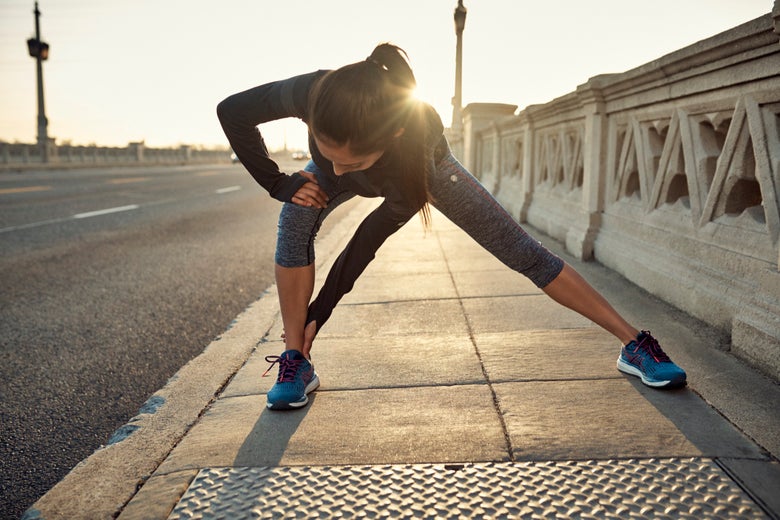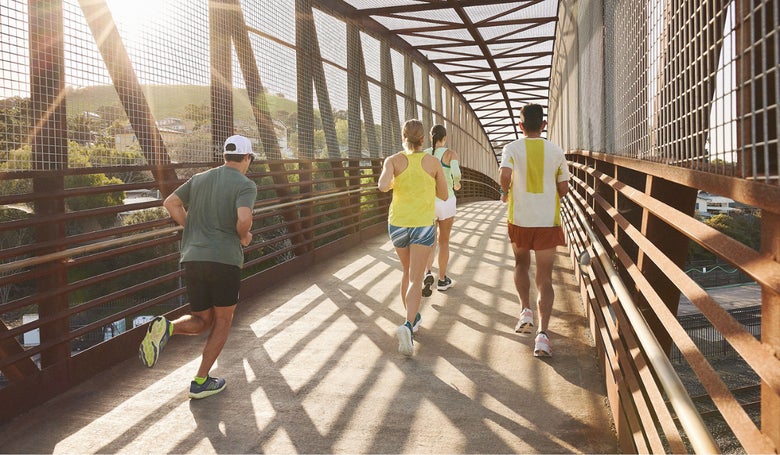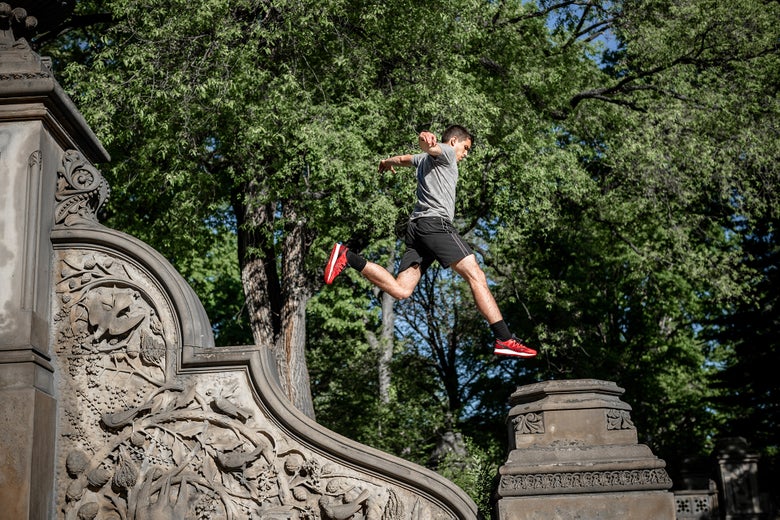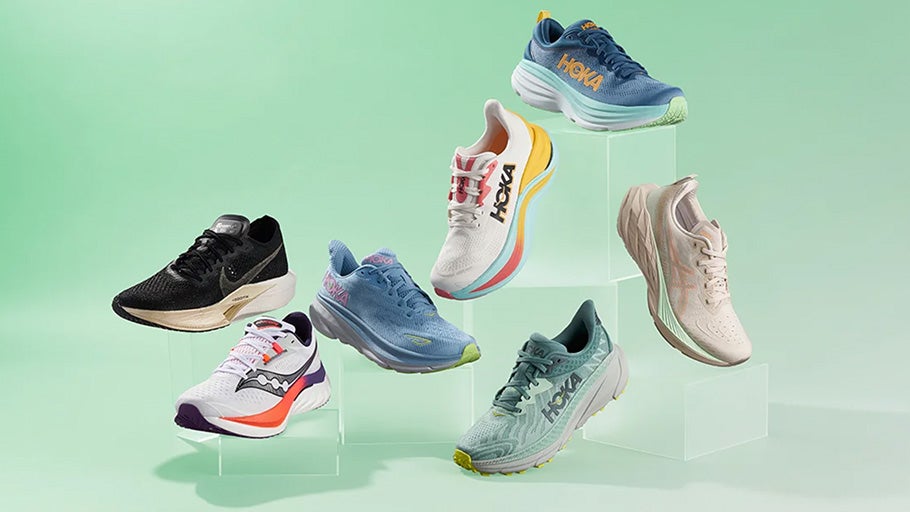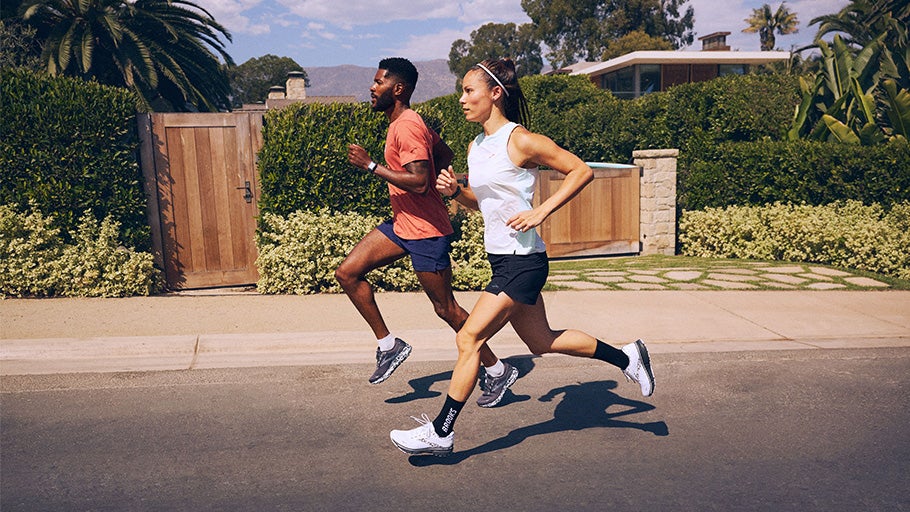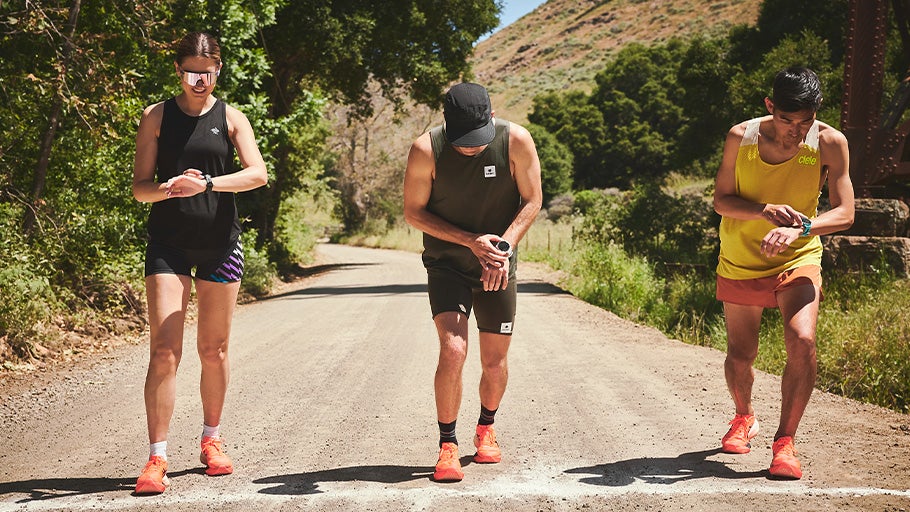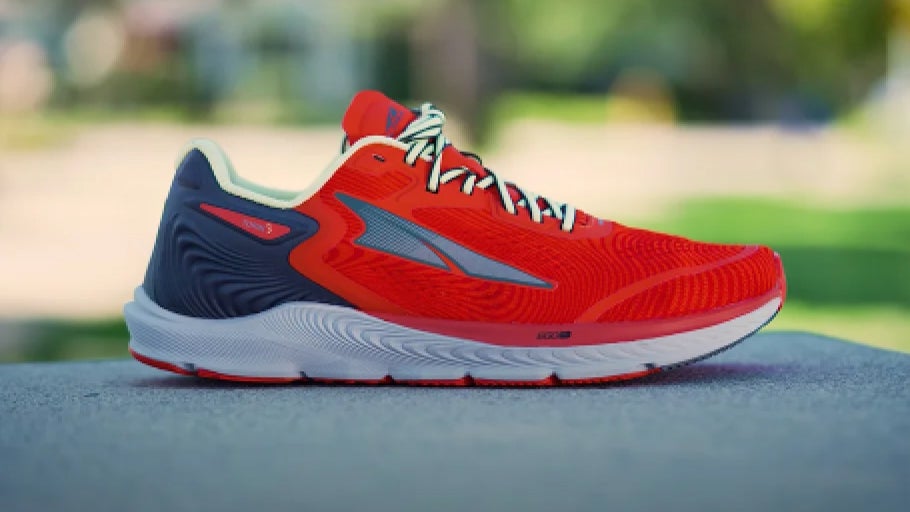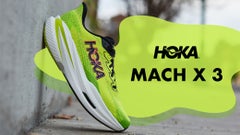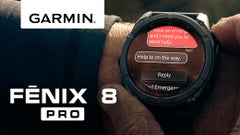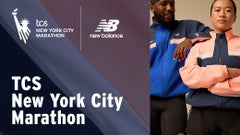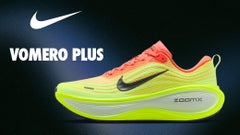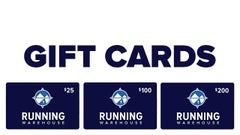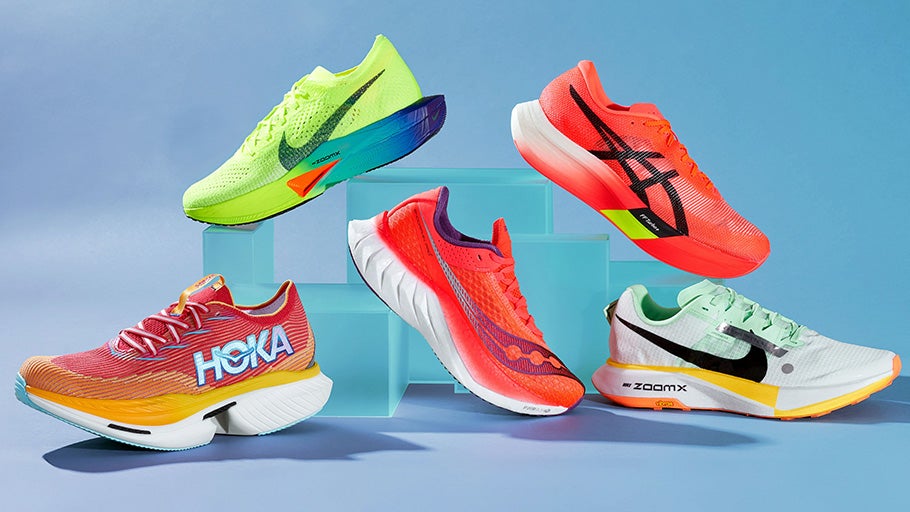
How to Choose Running Shoes
When it comes to knowing how to pick running shoes that will work best for you, there are so many choices on the market that it can be hard to know where to start.
At Running Warehouse, we pride ourselves in being a trusted resource for runners of all levels to find the right gear for them to reach their running goals. Today, our aim is to demystify the selection process and make finding your perfect running shoes a little easier.
While there is no single shoe that is perfect for everyone, these tips will show you how to choose the best running shoes to fit your needs, whether you need stability for overpronation, traction for trail running, or comfort for your first race. Let us be your running shoe guide!
Know Yourself as a Runner
Knowing what your needs are as a runner is the first step to knowing what to look for in running shoes. Where you plan to run, your preferences in cushioning and foot feel, and what kind of support you may need, are all factors to consider when picking what will work best for you. The better understanding that you have of these elements, the better time you'll have finding the right shoe.
Choose the Right Type of Running Shoe
Running shoes are designed with specific purposes in mind: to encourage performance, provide comfort, and prevent injury from the repetitive motion of running. This is achieved with specific design features to help move you forward with greater ease, as well as intentionally placed cushioning for shock absorption. Characteristics of different types of running shoes vary depending on the type of terrain you're running on, how much cushioning you prefer, and whether or not you need additional support for your gait. You should choose running shoes based on your style of running.
Road Running Shoes
If you're going to be doing most of your running on flat surfaces like streets or sidewalks, a good pair of road running shoes is essential. Shoes designed for road running typically have an outsole with traction and durability to allow for smooth and steady running on pavement, asphalt, or a treadmill.
To dial it in, road running shoes are categorized by performance level:
- Daily trainers are a versatile workhorse, a staple in every runner's closet. They grind through training runs and routine miles, providing comfort, support, and dependability. Whether you're going for a long easy pace, some interval workouts, or just a quick morning run, daily trainers are made to keep you moving through your weekly running routine, mile after mile.
- Performance trainers bring an elevated experience to training runs, with a lighter, springier feel to run longer and/or faster. If you want to level up your training runs, go after a PR, or try an approachable speedster for your first race, performance trainers will give you the extra oomph that you're looking for.
- Super shoes are often called "the fastest shoes you can buy." These shoes are categorized by their high energy return, featherlight design, and innovative features, with the lightest and bounciest foams and the most streamlined cutting-edge technologies. Super shoes are made for runners who are chasing after speed and maximum performance.
Trail Running Shoes
For off-roading into nature, trail running shoes have different requirements in order to handle the great outdoors. There are lugs on the outsole for better grip and traction on uneven terrain like rocks and dirt, and typically a more durable upper for rugged conditions. Choosing a trail running shoe that best serves you will depend on the type of trail running that you are doing. Here is the fundamental breakdown:
- Daily trainer trail shoes are for all running levels who just want to get out there and have a good time. The optimal daily trail shoe is reliable and versatile enough to handle a variety of terrains, from smooth fire roads to rocky trails.
- Performance trail or sub-ultra shoes bring trail running to the next level, providing a little more speed and agility than your average trainer. These are ideal for faster training runs or sub-ultra racing.
- Max cushion trail shoes provide maximum comfort and protection. They are great for running longer distances or simply having more cushioning under your foot when you're out on the trails.
- Super trail or ultra racing shoes provide the highest level of performance for trail runners. Equipped with the best technology that trail running offers, these shoes are built to go fast and far, whether for your next ultra trail race, or an assistive boost on your next adventure.
Paying Attention to Shoe Specs
Stack height refers to the amount of material between your foot and the ground. This can range from barefoot or minimal cushioning, to high or maximal cushioning. People who prefer shoes with minimal cushioning enjoy feeling the ground more, and appreciate what they describe as a more natural running experience. Those who prefer shoes with maximal cushioning enjoy a plush running experience with a great deal of impact protection.
Heel-toe drop describes the difference between the amount of material under the heel and the amount of material under the forefoot of a shoe. Most running shoes have more material under the heel to absorb impact from heel strike, where the heel is the first part of the foot to hit the ground. Running shoes with a lower heel-toe drop have a more uniform thickness of material under the entire foot. This promotes a stride where the middle or front of the foot hits the ground first.
Pronation and Stability Shoes
Running shoes can be classified as either neutral or stability shoes. Neutral running shoes are best for most runners and make up the largest selection of the market. Those with a neutral gait, or naturally aligned stride, typically opt for neutral shoes for road running.
Stability running shoes are designed to correct overpronation, which occures when your ankles roll excessively inward with each step. Also known as motion control shoes, they offer additional underfoot rigidity to gently correct your stride in a more aligned position during road running. This helps to prevent injury and reduce any discomfort that would typically result from moderate to severe overpronation.
Track and Field or Cross Country Shoes
Track spikes, field event shoes, and cross country spikes and flats are specifically designed for competitive athletes. These shoes are generally as streamlined as possible, designed with just enough material for optimal performance between the start and finish line.
Choosing track and field spikes or finding the perfect cross country shoes all come down to the specific needs of the event that you'll be participating in.
Find Your Fit
Ensuring that your running shoes have a proper fit is essential to foot health, injury prevention, and an overall pain-free experience. The optimal fit will vary depending on personal preference and shoe type--for example, shoes for faster running tend to have a snugger fit for performance, while some max-cushion daily trainers have a roomier fit for comfort.
Regardless of the type of shoe that you are shopping for, the pillars of a good fitting running shoe remain the same. Your shoes should have room for your toes to splay, no painful rubbing or hotspots, accommodate the width of your foot, and let your foot comfortably sit in place.
Know Your Sizing
Establishing your sizing first and foremost is essential to ensuring a proper fit. If you're unsure about your shoe size and fit, it's best to measure your foot either at home or at a retail store.
Running Shoe Fit Tips
- Try on shoes at the end of the day: Feet tend to swell while you run, walk, and stand throughout the day, so trying on your shoes in the afternoon or evening may provide a more accurate fit.
- Leave a thumb's width of room at the front of your toe: To accommodate foot spread, there should be roughly one thumb width between the end of your toes and the end of the shoe. This will keep your toes from getting cramped on downhill runs or if your feet swell.
- No pinching or sliding: The shoe should wrap comfortably around your foot to hold it in place, and your foot should be centered on the platform of the shoe. The shoe should not pinch or poke, nor should your foot be sliding around loosely inside the shoe.
- Look for the right width: Standard shoe widths are D for men and B for women. Some shoes may better accommodate a narrow or wide foot, and some are even available in narrow or wide width options.
Frequently Asked Questions
What are the best running shoes?
Our guide on the best running shoes of the year offers our expert insight and staff favorites of the latest and greatest in every major running shoe category. With so many choices out there, it helps to get running shoe advice from the ones who see them all!
How long do running shoes last?
Running shoes on average can last between 300 to 500 miles, but this varies for each shoe type. Depending on how long and how often you wear them, you can make your running shoes last longer with proper treatment and storage. Wearing your shoes properly, storing them with care, and keeping a functional shoe rotation are all big contributors to extending the life of your running shoes.
When should I replace my running shoes?
There are plenty of signs that tell you if it's time to replace your running shoes. The most important indicator is if you experience any aches, pains, or injuries during or right after wearing your shoes. If the outsole rubber is worn down, the midsole no longer feels comfortable or lively, or there are holes in the upper, it may be time to consider a new pair.
Choose Your Next Shoes with Confidence
Making sure you have the right type of running shoes in your arsenal makes all the difference. When you have a pair of shoes on your feet that works for you and your type of running, it liberates how you move, letting you run safely and comfortably so you can focus on your workout. Now that you have a better idea of how to choose the best running shoes for your needs, it's time to secure your own pair and hit your next route. Lace up, get out there, and most importantly, have fun!

